Issyk-Kul (also Ysyk-Köl, Kyrgyz: Ысык-Көл, romanized: Ysyk-Köl, lit. 'warm lake', [ɯsɯk kœl]) is an endorheic (i.e., without outflow) saline lake in the western Tianshan Mountains in eastern Kyrgyzstan, just south of a dividing range separating Kyrgyzstan from Kazakhstan. It is the seventh-deepest lake in the world, the tenth-largest lake in the world by volume (though not in surface area), the deepest lake whose deepest point is above sea level (939 meters or 3080 feet), and the third-largest saline lake. Issyk-Kul means "warm lake" in the Kyrgyz language; although it is located at a lofty elevation of 1,607 metres (5,272 ft) and subject to severe cold during winter, it rarely freezes, due to the salinity.
The lake is a Ramsar site of globally significant biodiversity and forms part of the I...Read more
Issyk-Kul (also Ysyk-Köl, Kyrgyz: Ысык-Көл, romanized: Ysyk-Köl, lit. 'warm lake', [ɯsɯk kœl]) is an endorheic (i.e., without outflow) saline lake in the western Tianshan Mountains in eastern Kyrgyzstan, just south of a dividing range separating Kyrgyzstan from Kazakhstan. It is the seventh-deepest lake in the world, the tenth-largest lake in the world by volume (though not in surface area), the deepest lake whose deepest point is above sea level (939 meters or 3080 feet), and the third-largest saline lake. Issyk-Kul means "warm lake" in the Kyrgyz language; although it is located at a lofty elevation of 1,607 metres (5,272 ft) and subject to severe cold during winter, it rarely freezes, due to the salinity.
The lake is a Ramsar site of globally significant biodiversity and forms part of the Issyk-Kul Biosphere Reserve.
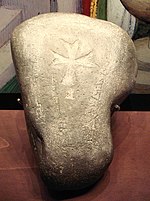 Nestorian tombstone with inscriptions in Uyghur, found in Issyk-Kul, dated 1312
Nestorian tombstone with inscriptions in Uyghur, found in Issyk-Kul, dated 1312Issyk-Kul Lake was a stopover on the Silk Road, a land route for travelers from the Far East to Europe. The great Chinese Buddhist scholar-monk Xuanzang passed by this lake and noted the details in the classic travelogue Great Tang Records on the Western Regions in the 7th century. The lake was once a part of the territory of Qing Dynasty of China and was ceded to Russia – along with the surrounding territory – after the Treaty of Tarbagatai.[citation needed]
Many historians believe that the lake was the point of origin for the Black Death that plagued Europe and Asia during the early and mid-14th century.[1] In 2022, researchers reported on the analysis of preserved genetic material from seven individuals buried in two cemeteries near Issyk-Kul and determined that the Black Death was present there in 1338 or 1339.[2] The plague first infected people in a small, nearby settlement of traders eight years before it devastated Eurasia, killing 60 percent of the population, having traveled along trade routes.[3] The lake's status as a byway for travelers allowed the plague to spread across these continents via medieval merchants who unknowingly carried infested vermin along with them.
 Croped image of the 1375 Catalan Atlas depicting the lake (North on the top). The inscription says: "The place is named Ysicol. In this place is a monastery of Armenian brothers, which say, in here is Matthew the apostle and evangelist"
Croped image of the 1375 Catalan Atlas depicting the lake (North on the top). The inscription says: "The place is named Ysicol. In this place is a monastery of Armenian brothers, which say, in here is Matthew the apostle and evangelist"The lake level is some 8 metres (26 ft) higher than in medieval times. Divers have found the remains of submerged settlements in shallow areas around the lake.
Articles identified as the world's oldest extant coins were found underwater, with gold wire rings used as small change and a large hexahedral goldpiece. Also found was a bronze cauldron with a level of craftsmanship that is today achieved by using an inert gas environment.[4][5]
In 1916 the monastery at Issyk-Kul was attacked by Kyrgyz rebels, and seven monks were killed.[6]
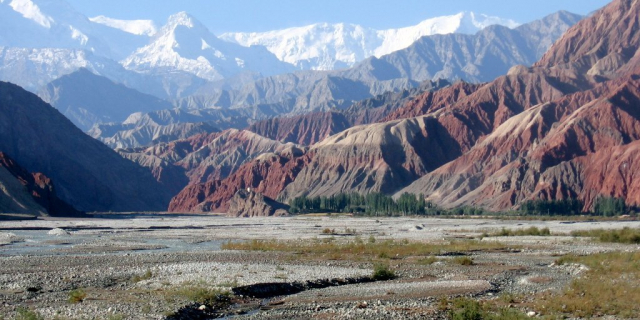





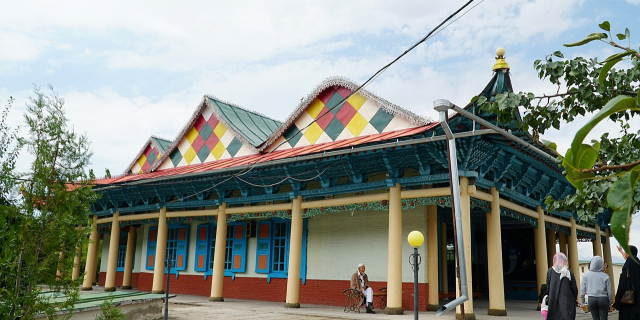



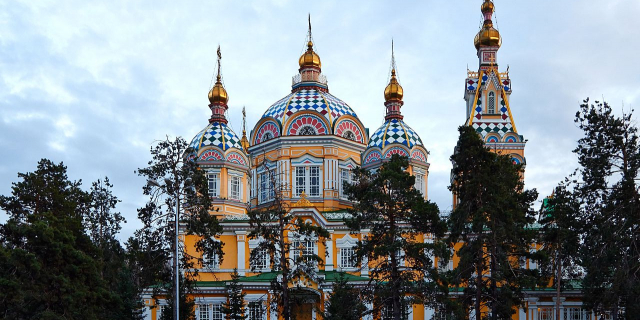



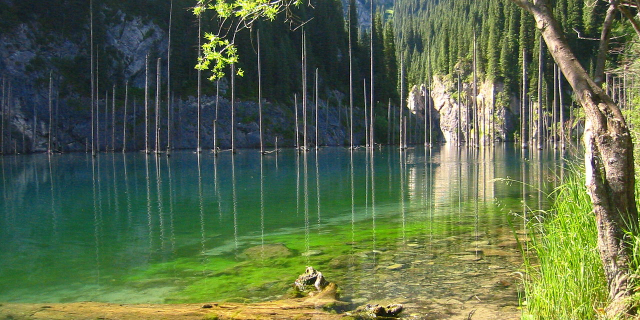
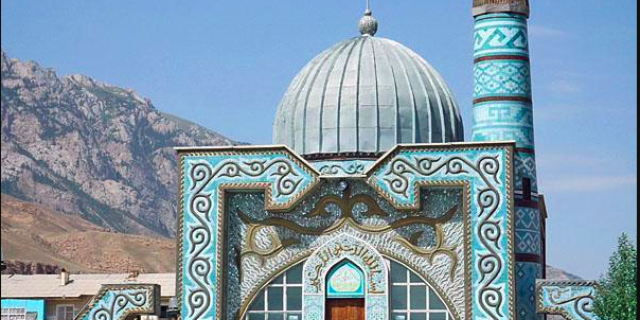

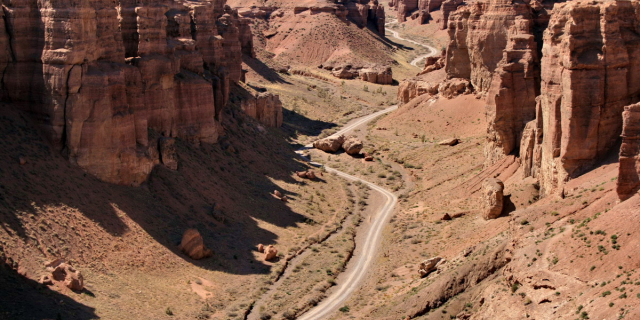
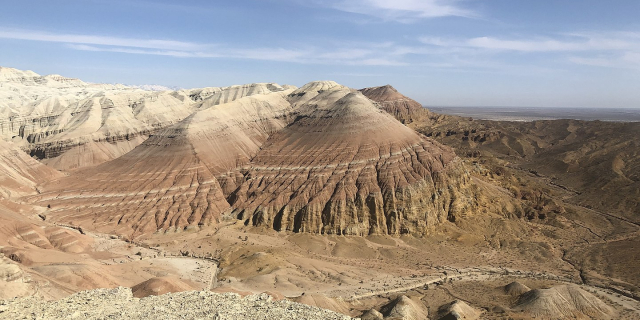


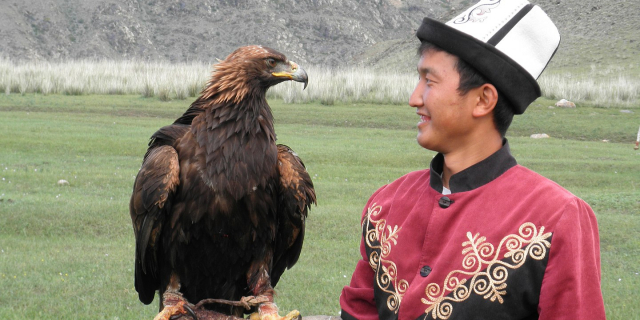

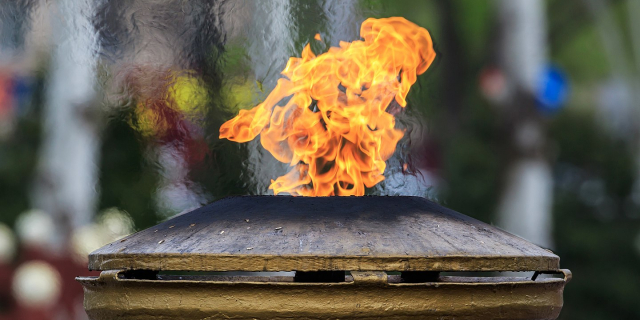

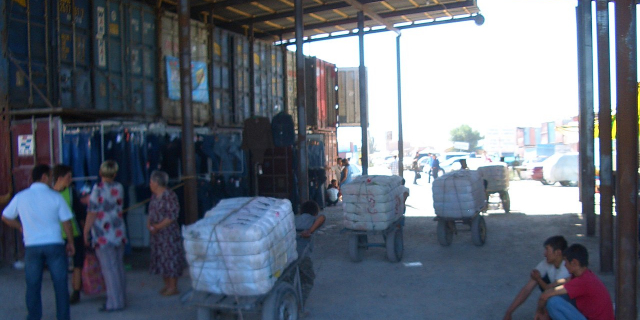






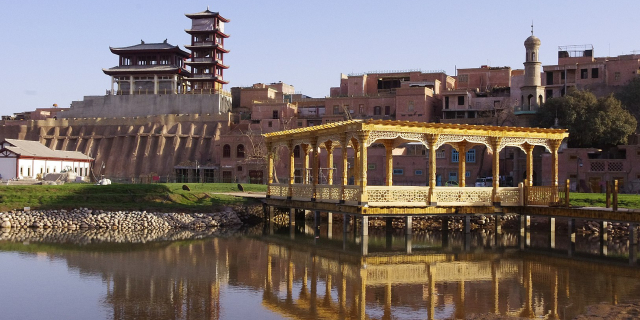

Add new comment